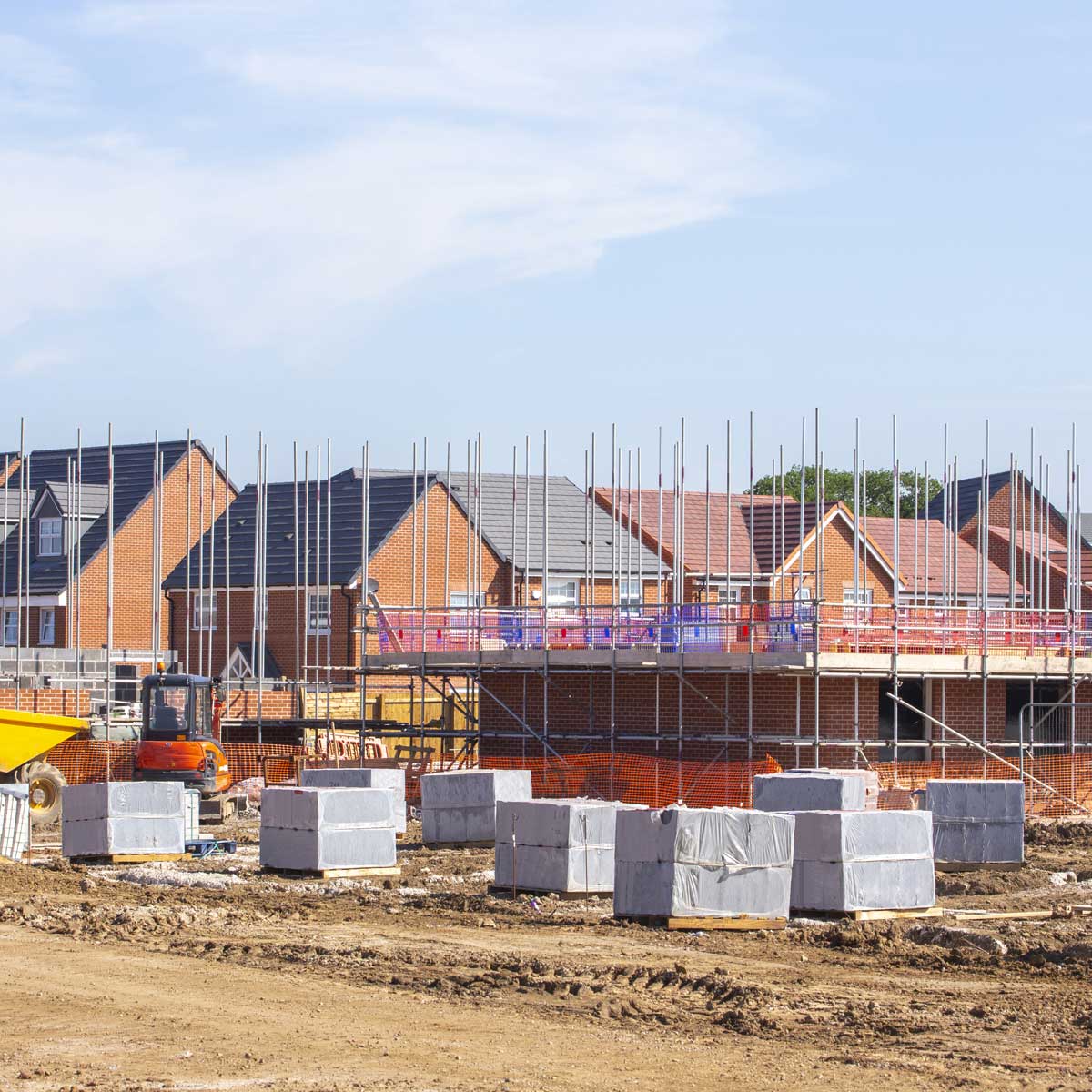This website uses cookies so that we can provide you with the best user experience possible. Cookie information is stored in your browser and performs functions such as recognising you when you return to our website and helping our team to understand which sections of the website you find most interesting and useful.
Preparing for the Post-COVID Boom in Construction

COVID-19 did not create the economic and demographic forces that will cause unprecedented capital investment in real estate in the coming years – but rather, it accelerated trends that were already percolating in the real estate industry. Likely permanent, these forces express new paradigms in societal preferences and values. And no real estate sector will be exempt from the need to upgrade, invest, re-envision and innovate. As properties physically change to meet these new preferences and values, a boom in construction is likely ahead.
Some of the major trends impacting the ways commercial and residential real estate will be used include:
- Mass shift to remote work
- Online retail and home delivery
- Emphasis on health, cleanliness and touch-free commerce
- Changes in travel patterns and business communication
- Momentum around green energy and carbon neutrality
- Need for affordable housing
The need to retrofit and accommodate new use patterns
Retail space will be redrawn in light of digital commerce and home delivery. For example, large malls are already being redesigned as fulfillment or data centers, mixed use residential and senior living facilities. Physical stores will also become less about shopping and more about being a local outlet for merchandise pick-up or returns. Neighborhood or “last mile hubs” will become prevalent in primarily supporting digital ordering. Further, restaurants will likely be smaller as more consumers favor pick-up options. Additional lanes for pick-up and delivery services will need to be installed, and food outlets will increasingly serve as commissaries or make greater use of robotics, requiring less table space and fewer front-of-the-house staff. Existing space will ultimately be rebuilt, and new space will be needed where retrofits are impractical.
Many companies that transitioned to remote work during the pandemic will give their workforce greater flexibility in returning to the office. Some workers will return to a physical and public office space, but many will continue to stay home or split their time evenly at home and in the office. To accommodate this shift, owners will need to offer creative “hoteling” layouts that can better facilitate collaboration, training and client meetings in smaller and innovative spaces. Business travel may decrease in the future, since companies learned that, with Zoom and similar technologies, a lot of face-to-face meetings are unnecessary and expensive. The hotels that survive this prolonged period of very low occupancy should consider changing their use to residential or retrofit the properties to other types of travelers.
Homebuilding will change significantly
The greatest changes may occur in new single-family housing. As people will spend more time at home, the amenities of both the home and the immediate community will be a greater focus of home buyers. A convenient commute will become secondary as purchasers can more freely choose more remote locations. Changing energy preferences, net zero energy concepts, air quality and health issues will push builders to offer homes that employ innovations in building materials and construction methods such as off-site manufacturing – in less time and at more affordable prices. Quality community design will be emphasized and may feature walkability, natural or created views and front porches.
The thread through all of this is construction and capital investment. We expect that these efforts will be supported by government and financial institutions. As the construction industry retools to meet new demands, it will adopt new technologies and ways of doing business. Exciting prospects lie ahead for those companies willing to meet the challenges with renewed vision.
At Sikich, we work with construction and real estate businesses to strategically approach innovative opportunities as the world around us changes. Please contact our team with questions about preparing your business to meet the ever-changing needs of consumers and more.
This publication contains general information only and Sikich is not, by means of this publication, rendering accounting, business, financial, investment, legal, tax, or any other professional advice or services. This publication is not a substitute for such professional advice or services, nor should you use it as a basis for any decision, action or omission that may affect you or your business. Before making any decision, taking any action or omitting an action that may affect you or your business, you should consult a qualified professional advisor. In addition, this publication may contain certain content generated by an artificial intelligence (AI) language model. You acknowledge that Sikich shall not be responsible for any loss sustained by you or any person who relies on this publication.




